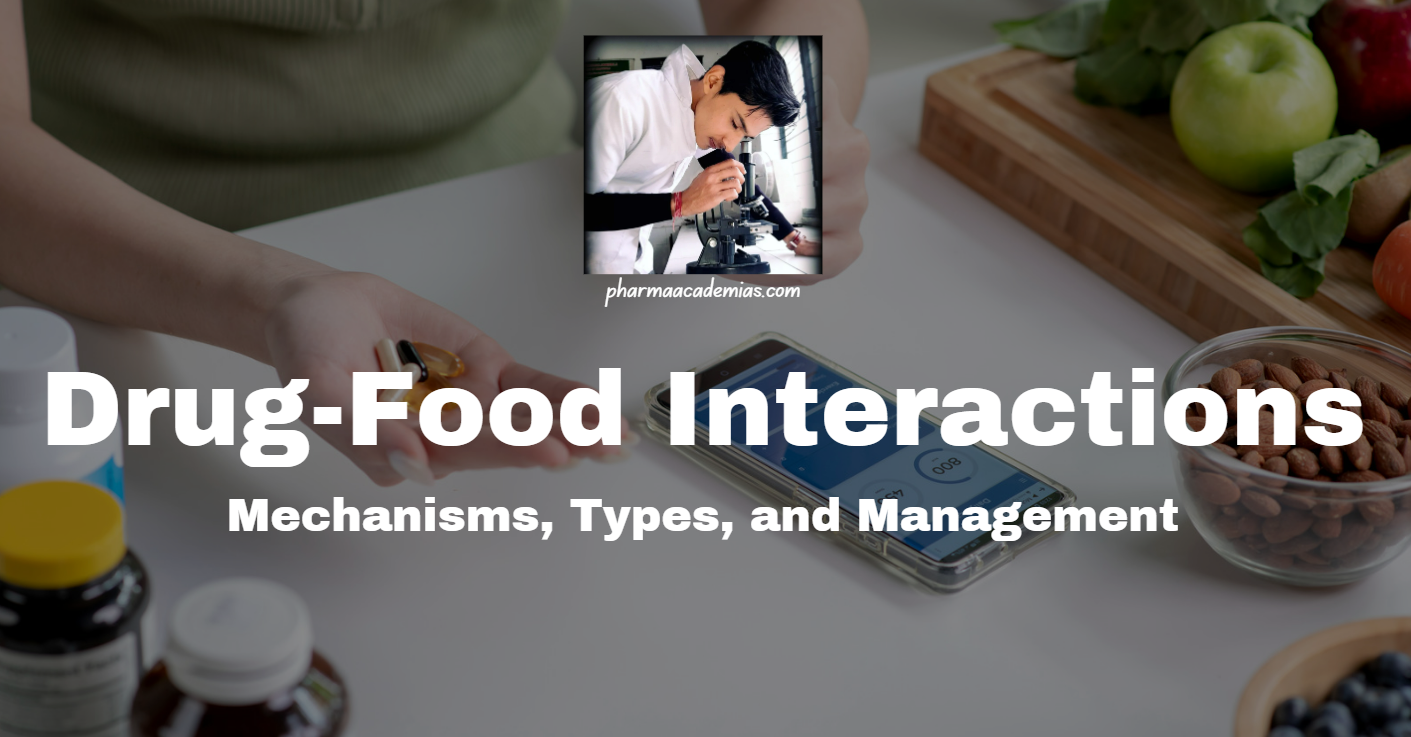Drug-Food Interactions: Mechanisms, Types, and Management
Drug-food interactions refer to the effects that food and beverages can have on the absorption, distribution, metabolism, or excretion of medications. Understanding these interactions is crucial for ensuring the safety and effectiveness of drug therapy. Factors such as nutrient content, timing of food consumption, and individual variations can influence the impact of food on drug … Read more










